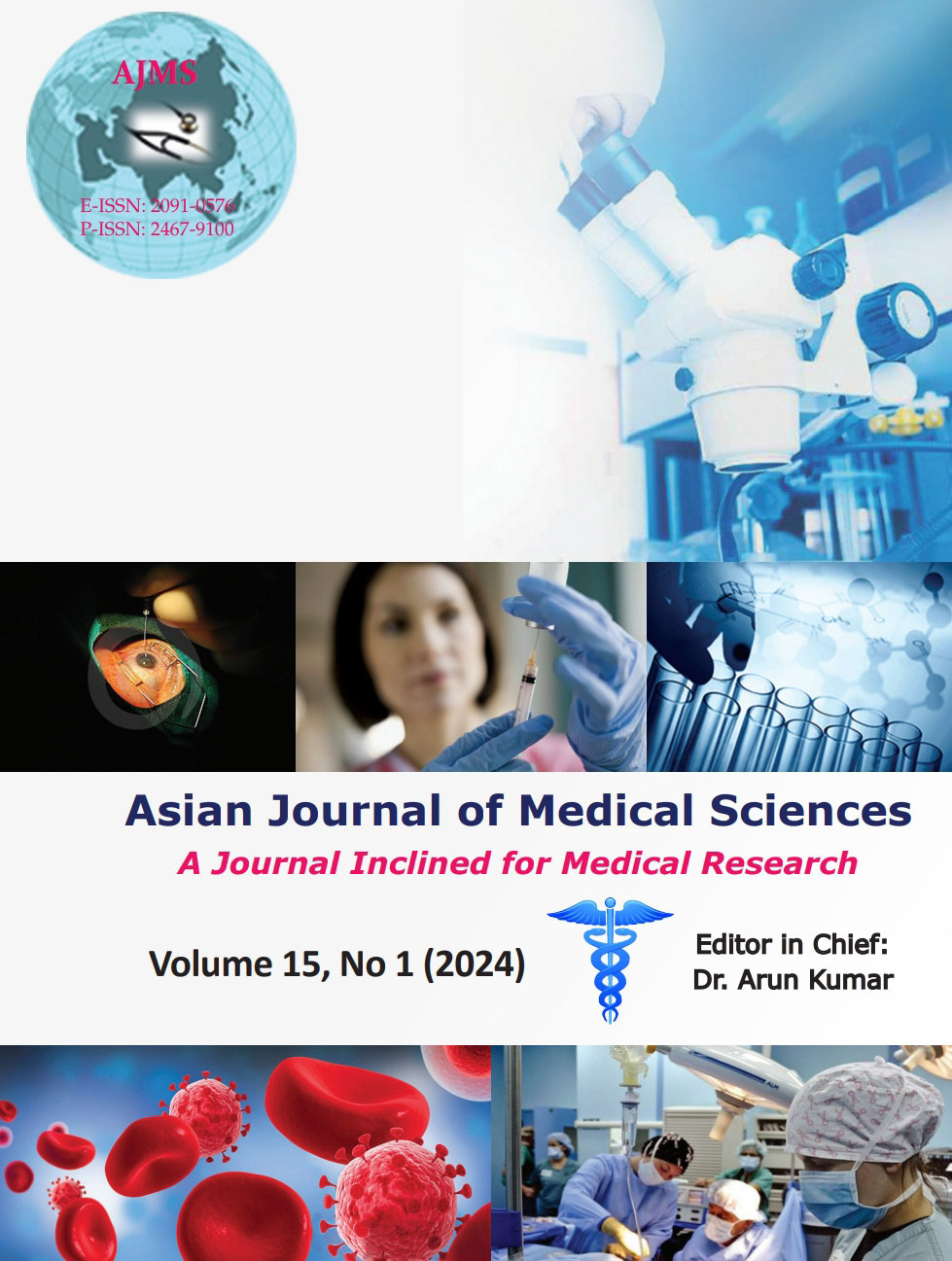Clinical and dermoscopic profile of female pattern hair loss
Keywords:
Female pattern hair loss; Dermoscopy; Hair diameter diversityAbstract
Background: Female pattern hair loss (FPHL) is one of the hair loss disorders in women characterized by a gradual reduction in hair from the frontal, central, and parietal areas of the scalp. FPHL is more common than previously thought, and data regarding the same are lacking in the Indian literature. Unlike male pattern hair loss, there are not much studies regarding FPHL in South India. Hence, we intend to study the clinical features, associations, and dermoscopic findings of FPHL in our population.
Aims and Objectives: The study was conducted to estimate the clinical and dermoscopic features of FPHL. The secondary objective of the study was to estimate the severity of FPHL based on clinical and dermoscopic features.
Materials and Methods: The cross-sectional descriptive study was conducted in 300 patients who were clinically diagnosed with FPHL attending the Department of Dermatology, Government Medical College, Kottayam, during a period of 18 months from February 2021 to August 2022.
Results: The mean age of patients with FPHL was 46.99±13.8 years. The majority of the patients were asymptomatic. Hair diameter diversity of >20% and miniaturized hair were the most common dermoscopic findings seen in all patients. Honeycombing and yew dots in dermoscopy were seen in 17 and 8.4% of patients, respectively.
Conclusion: Dermoscopes are a useful tool to differentiate FPHL from other causes of diffuse hair loss that could mimic FPHL. The presence of yellow dots and honeycombs indicated advanced FPHL. Thus, dermoscopy helps in detecting early FPHL and initiating early treatment of this condition.
Downloads
Downloads
Published
How to Cite
Issue
Section
License
Copyright (c) 2023 Asian Journal of Medical Sciences

This work is licensed under a Creative Commons Attribution-NonCommercial 4.0 International License.
Authors who publish with this journal agree to the following terms:
- The journal holds copyright and publishes the work under a Creative Commons CC-BY-NC license that permits use, distribution and reprduction in any medium, provided the original work is properly cited and is not used for commercial purposes. The journal should be recognised as the original publisher of this work.
- Authors are able to enter into separate, additional contractual arrangements for the non-exclusive distribution of the journal's published version of the work (e.g., post it to an institutional repository or publish it in a book), with an acknowledgement of its initial publication in this journal.
- Authors are permitted and encouraged to post their work online (e.g., in institutional repositories or on their website) prior to and during the submission process, as it can lead to productive exchanges, as well as earlier and greater citation of published work (See The Effect of Open Access).




